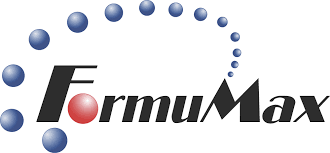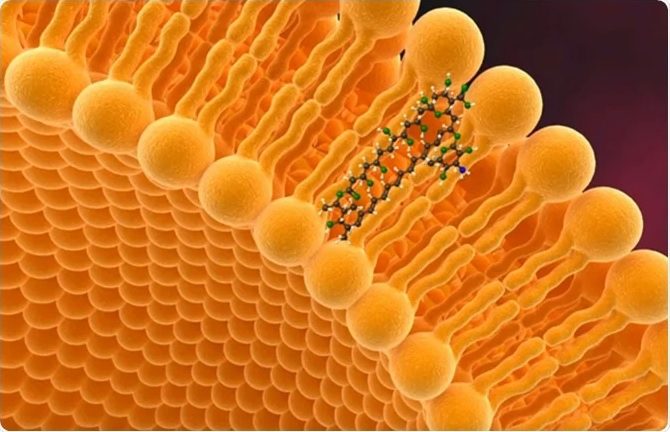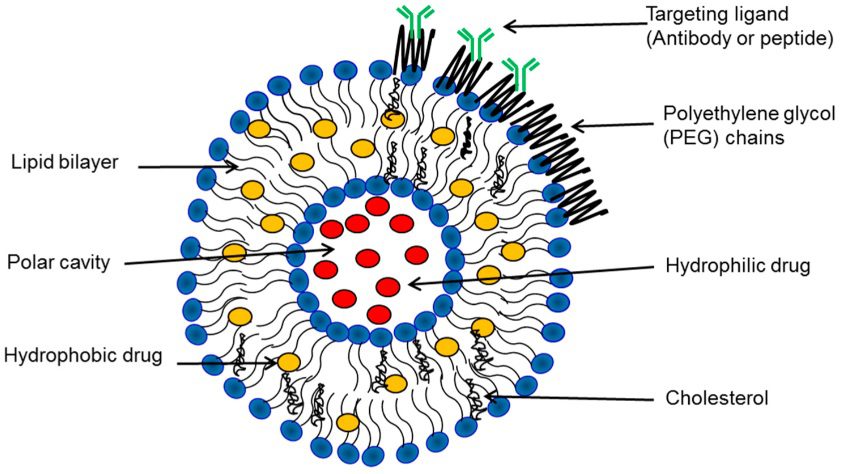Lipid Bilayer: The Fundamental Unit
The lipid bilayer is the fundamental unit of a liposome. This bilayer is formed from phospholipids, which are amphipathic molecules possessing both hydrophilic (water-attracting) and hydrophobic (water-repelling) properties.
- The hydrophilic or “head” region of the phospholipid is attracted to water.
- The hydrophobic or “tail” region, composed of fatty acid chains, repels water.
When these phospholipids are introduced into an aqueous environment, they spontaneously arrange themselves into a bilayer formation, with the hydrophilic heads facing the water and the hydrophobic tails hidden in the center. This self-assembly process results in the formation of a closed spherical vesicle – the liposome.
The Vesicle: Single vs. Multiple Bilayers
Depending on the number of lipid bilayers, liposomes can be categorized into unilamellar and multilamellar liposomes:
- Unilamellar liposomes have a single lipid bilayer and can further be classified into small unilamellar vesicles (SUVs, less than 100 nm in diameter) and large unilamellar vesicles (LUVs, greater than 100 nm in diameter).
- Multilamellar liposomes consist of multiple concentric lipid bilayers and are often larger in size.
Significance of the Liposome Structure
The unique structure of liposomes offers two distinct compartments for encapsulating substances: one in the aqueous core and the other within the lipid bilayer itself. This allows liposomes to carry both hydrophilic and hydrophobic substances, making them ideal candidates for drug delivery systems.
Indeed, the structural intricacy of liposomes not only makes them fascinating from a biological standpoint but also presents a host of potential applications in the realm of biomedicine.
Biomedical Applications of Liposomes
Liposomes, due to their unique structure and biocompatibility, have been widely used in the biomedical field to enhance the efficacy and safety of therapeutic agents. Here are some compelling ways in which liposomes are currently being utilized in medicine and research:
Drug Delivery Systems: Liposomes have emerged as a promising tool for drug delivery. Their ability to encapsulate both hydrophilic and hydrophobic drugs, shield them from degradation, and target specific cells or tissues, has revolutionized therapeutics. For instance, liposomal doxorubicin (Doxil), an FDA-approved chemotherapy drug, has significantly reduced cardiotoxicity compared to conventional doxorubicin.
Immunology: Liposomes can act as potent adjuvants, enhancing the immune response to antigens. They can carry both antigens and immunostimulatory molecules, thereby modulating the immune response in a desirable manner.
Diagnostic Imaging: Liposomes loaded with contrast agents have been used in diagnostic imaging. The encapsulation improves the stability of the agent, prolongs the imaging time, and can be targeted to specific tissues.
These applications highlight the versatility of liposomes in the biomedical field. As our understanding of liposomes continues to deepen, we can expect more innovative applications that will further improve patient care and outcomes.
Challenges and Opportunities in Liposome Technology
Liposome technology, although promising, presents distinct challenges and opportunities. A significant hurdle is the efficient translation of targeted liposome technology into practical applications. Factors such as liposome-protein corona in physiological environments are challenging to negotiate, yet they hold potential for targeted nanomedicine delivery.
Commercial pharmaceutical liposome applications also pose their unique challenges, requiring a basic familiarity with liposome technology and terminology. Despite these obstacles, liposome technologies have shown potential for a broad range of active substances for injection.
The delivery of phytochemicals by liposome cargoes has seen recent progress, yet it faces challenges such as liposomal stability and permeation. However, advances in technologies for preparing liposomes, particularly ligand-functionalized liposome formulations, are pushing us closer to clinical translation in targeted cancer therapy.
Despite considerable technological success in cancer nanomedicine, there remains a need for further progress in improving PK and biodistribution. These challenges, however, are not without their silver lining. They present opportunities for scientific exploration and advancement in the field of liposome technology.
Seizing these exciting opportunities requires brilliant minds, groundbreaking experiments, and dependable partners like FormuMax Scientific. For the past 15 years, FormuMax has been a dedicated provider of superior-quality liposomal reagents, continually aiding in the advancement of scientific discovery.


